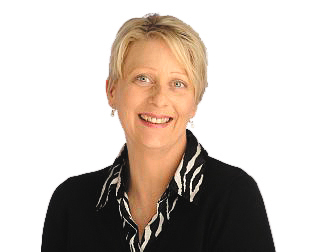Some people scoff at the mere suggestion Washington State University Vancouver’s enrollment will one day exceed that of the school’s home campus in Pullman.
But, as Monday marks the beginning of the second week of classes for more than 3,000 students in Vancouver and 19,000 students in Pullman, I predict the bulk of WSU Vancouver students will — over time — outnumber Pullman’s student body.
It’s not hard to imagine, with Clark County’s changing economy and demand for an educated workforce. My hypothesis also is sadly supported by the dilemma of today’s middle class, which has seen its median income and net worth fall swiftly in the past 10 years.
Economic factors make access to the distant campus exceedingly cost prohibitive as tuitions rise. With WSU undergraduate tuition at about $11,400 this academic year for in-state residents — nearly 50 percent higher than in 2009, when tuition was $7,600 — local students and parents must weed out extra costs, such as room, board and travel to a remote campus.
It’s already happening across the country, according to a recent poll from student loan provider Sallie Mae and polling firm Gallup, in which 43 percent of families reported their college student lived at home.
Clark County students who decide to bunk at home for another four years after high school could really accelerate growth over time at Vancouver’s Salmon Creek campus. But the smaller campus is still a hard sell when weighed against Pullman’s town-sized campus centered in the rolling hills of Palouse farm land and its rich campus life of social gatherings, clubs and Cougar football in the newly remodeled Martin Stadium.
“We’ll never have the infrastructure that Pullman has,” acknowledges Brenda Alling, WSU Vancouver spokeswoman.
Nevertheless, the Salmon Creek campus does have its charms. Its central cluster of about 13 buildings are surrounded by outdoor sports courts, six miles of walking trails and clear-day views of several mountains: St. Helens, Hood, Adams and the tip of Jefferson. It sits on “351 gorgeous acres,” Alling said.
WSU Vancouver also offers a 14-to-1 ratio of students to instructors and provides internship and research opportunities — even to undergraduates.
Its systemwide status as a Tier 1 university ranks WSU among the nation’s top higher-education institutions, doing ground-breaking research.
Pain management and cancer are among research topics at the Vancouver campus. Its business department also works to grow local companies.
Job placement rates are high for Vancouver’s degree-earning students. About 75 percent of them remain in Clark County after graduation, Alling said. New programs, such as the university’s new doctorate degree in nursing practice, continue to feed WSUV’s enrollment pipeline with returning students seeking higher degrees.
Alling said she has even seen students transfer to Vancouver from Pullman this year, an exciting milestone in marketing the WSUV campus to potential students. Compared with the Pullman campus, which mainly recruits freshmen, Vancouver targets everyone from high school students to adults.
And that’s just one more reason I say it’s only a matter of time before WSUV’s student body outnumbers main campus enrollment.
Cami Joner: 360-735-4532, http://twitter.com/camijoner or cami.joner@columbian.com..



